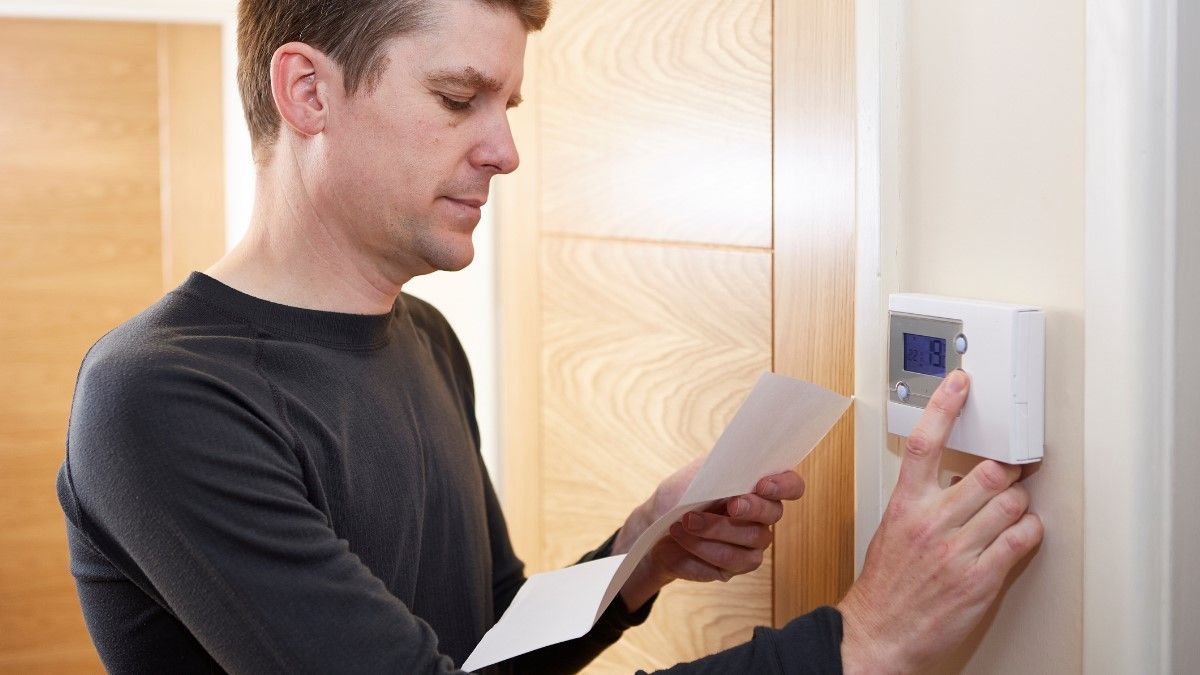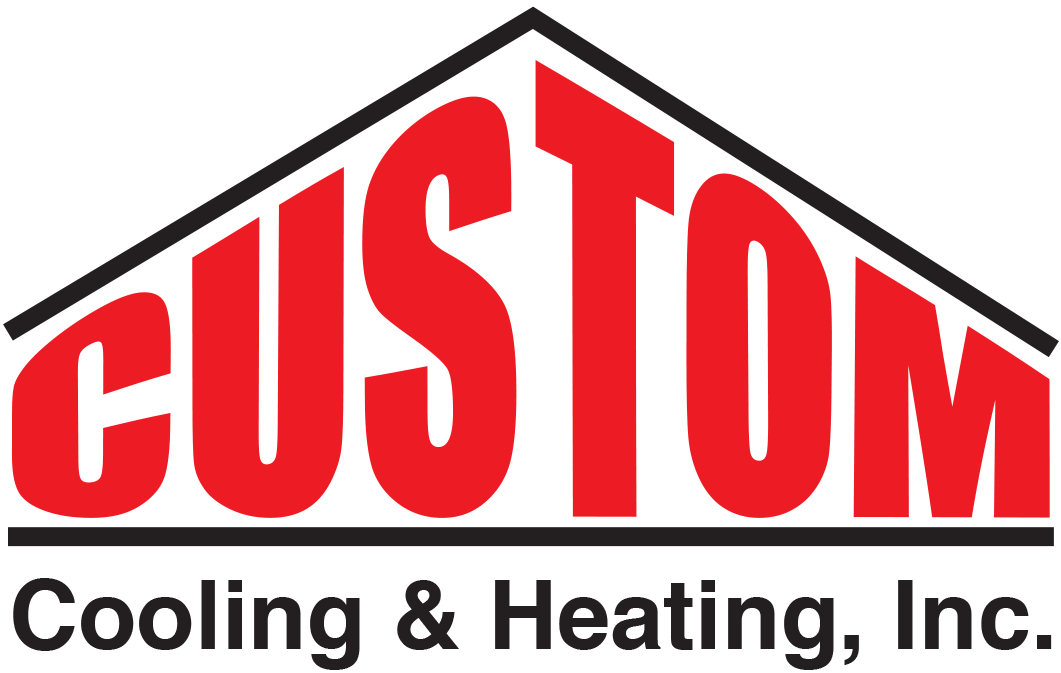Ultimate Guide to Heating and Cooling Your Garage Year-Round
Your garage is more than just a place to park your car or store tools—it’s a versatile space that can serve as a workshop, gym, home office, or even a hangout spot. But whether you're working on DIY projects, exercising, hosting friends, watching your favorite game, or simply using the space for extra storage, one thing is clear: comfort matters. If you've ever found your garage too cold to work in during winter or too hot in the summer, you know how important it is to have a climate-controlled space. Here’s your ultimate guide to heating and cooling your garage year-round.
Why Should You Heat and Cool Your Garage?
Before diving into the best systems and methods, let’s look at why it’s beneficial to regulate the temperature in your garage:
- Year-Round Comfort: Extreme temperatures can make a garage feel uninhabitable during certain months. Heating your garage in the winter keeps it usable for projects, hobbies, or even parking your car. Cooling it during the summer ensures a more comfortable space for work or relaxation.
- Protecting Your Equipment: Sensitive tools, electronics, and vehicles can suffer damage from extreme temperatures. Heating and cooling help protect your investment by keeping everything in good working condition. Keeping items from freezing, having a climate-controlled space for pets, and stored items from sweltering heat are all great reasons to heat & cool a garage space.
- Increased Home Value: A climate-controlled garage adds usable square footage to your home. Whether you’re using it as a living area, home office, or storage space, a comfortable garage can increase the overall value of your property.
- Energy Efficiency: Modern heating and cooling systems are more energy-efficient than ever. With the right equipment, you can save on energy costs while still maintaining a comfortable environment.
Best Heating Options for Your Garage
When it comes to heating your garage, you want a solution that’s effective and cost-efficient, without wasting energy. Here are some of the best heating options:
1. Space Heaters
For smaller garages or quick spot heating, portable space heaters can be an affordable option. They’re easy to move and store and come in both electric and propane varieties. However, they may not provide even heating across larger spaces.
2. Electric Garage Heaters
Electric garage heaters are an excellent option for consistent heat. They come in wall-mounted or ceiling-mounted versions and are designed to provide steady warmth without taking up much space. Look for models with adjustable thermostats for better control over your garage’s temperature.
- Pros: Easy to install, low maintenance, no need for gas lines or venting, safe to use indoors.
- Cons: Can be more expensive to operate than gas-powered heaters. These units typically take a larger 240V circuit which may be difficult to install in a finished garage.
3. Gas Heaters
For larger garages or more intense heating needs, a gas-powered heater might be your best bet. These systems are capable of heating bigger spaces faster and more efficiently. Options include natural gas or propane models, both of which require proper ventilation. Many installations are using a low-profile unit heater like a Modine Hot Dawg.
- Pros: More energy-efficient for larger spaces, lower operating costs compared to electric heaters.
- Cons: Installation can be more complex, requiring gas lines and venting.
4. Infrared Heaters
Infrared heaters provide heat by directly warming objects and people in their path, rather than heating the air. These are great for spot heating and will quickly raise the temperature around you, making it ideal for a garage that doesn’t need to be uniformly heated. Infrared heaters can be purchased in electric or gas (natural or LP) models.
- Pros: Energy-efficient, fast heating, no need to heat the entire space.
- Cons: May not be the best option for large, open garages. Ventless infrared heaters are also against code in many municipalities.
5. Radiant Floor Heating
Radiant floor heating involves installing electric or hydronic heating systems beneath your garage floor. This option provides consistent heat by warming the floor and allowing the heat to rise into the space. While it’s more expensive to install, it offers a luxurious level of comfort, particularly in cold climates.
- Pros: Even heat distribution, comfortable, energy-efficient in the long run.
- Cons: High initial installation costs and must be completed before concrete is poured.

Best Cooling Options for Your Garage
Just as a well-heated garage is essential during the winter months, cooling your garage in the summer helps ensure comfort and protect your belongings. Here are some of the best cooling systems for your garage:
1. Portable Air Conditioners
For those looking for a temporary and cost-effective cooling solution, a portable air conditioner can be a good option. These units are easy to set up, and many models come with hoses that vent warm air out of a window.
- Pros: Easy to install, portable, affordable.
- Cons: May not be suitable for larger garages, can be noisy. They must be vented outside which is typically not attractive and the portable unit typically is in the way.
2. Window Air Conditioners
If you have a window in your garage, a window-mounted air conditioner can be an efficient and budget-friendly cooling solution. It can cool the space quickly and is ideal for small to medium-sized garages.
- Pros: Cost-effective, easy to install, good for smaller garages.
- Cons: Requires a window, may not be powerful enough for larger garages.
3. Ductless Mini-Split Systems
Ductless mini-split air conditioners are one of the best solutions for cooling your garage. These systems consist of an outdoor compressor unit and one or more indoor wall heads, making them ideal for garages without ductwork. A mini-split system provides both heating and cooling in one unit, making it a versatile solution for year-round comfort.
- Pros: Energy-efficient, easy to install, effective for larger spaces. These units are very quiet and are typically the most efficient way to heat & cool your garage space.
- Cons: Higher upfront cost, requires professional installation. In dirtier garages these may require more maintenance.
4. PTAC or PTHP units. (Motel style units)
If you're looking for a budget-friendly way to heat and cool your garage, PTAC (Packaged Terminal Air Conditioner) and PTHP (Packaged Terminal Heat Pump) units are a great option. These units are often mounted high on the wall and come with a remote thermostat for easy control. They offer electric heating, and you can choose between an A/C model (PTAC) or a heat pump model (PTHP) for year-round comfort
- Pros: Self contained unit and maybe installed by a DIY.
- Cons: Typically these units are noisier (this is a motel unit) and require a wall penetration.
5. Insulation and Ventilation
Proper insulation is key to maintaining a comfortable temperature in your garage year-round. Insulating the walls, ceiling, and garage door helps keep the heat in during winter and blocks out heat during summer. Additionally, installing ventilation systems such as exhaust fans or attic vents can help regulate airflow and temperature, keeping the air fresh and cool.
- Pros: Improves overall energy efficiency, helps keep temperatures stable.
- Cons: Initial investment in insulation materials and installation.
Energy-Saving Tips for Year-Round Comfort
- Seal Gaps: Check for gaps or cracks around windows, doors, and the garage door itself. Sealing these areas prevents heat from escaping in the winter and keeps cool air in during the summer.
- Thermostat Control: Invest in a smart thermostat that allows you to schedule heating and cooling based on when you’ll be using the garage. This helps save energy and money.
- Use Fans: Ceiling fans or box fans can be used to circulate air in both hot and cold weather, improving comfort without the need for additional heating or cooling.
Garage Cooling and Heating Solutions in Lincoln, Nebraska
Heating and cooling your garage doesn’t have to be complicated. With the right system, you can create a comfortable environment for work, relaxation, or storage all year round. Whether you need a powerful heating system for winter, an efficient cooling option for summer, or a combination of both, Custom Cooling and Heating has the expertise to help you find the perfect solution for your garage.
Contact us today if you’re ready to upgrade your garage’s comfort with a heating and cooling system. Breathe easier and work in comfort with the right system for your garage!
Read our latest articles



